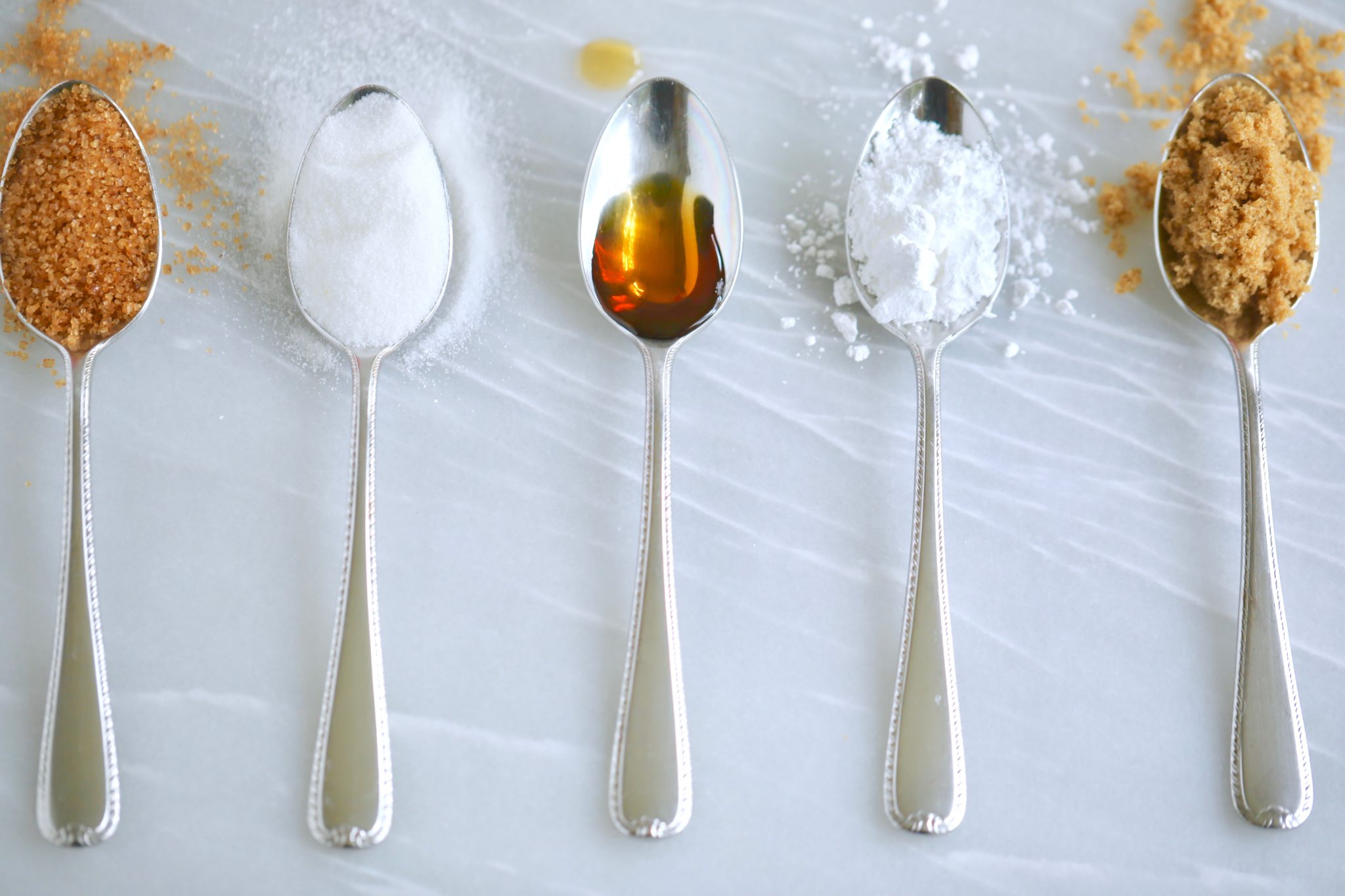
This post may contain affiliate links. Please see my full disclosure for details.
Hi Bold Bakers!
As Bigger Bolder Baking‘s resident alternative baker, I love creating recipes that challenge the traditional ways of baking. From experimenting with wheat-free flours to baking and cooking with non-dairy milk, there are tons of ways to update your favorite sweet treats and improve the value of their overall nutrition without losing out on any of the flavors.
One of the most common questions we’re asked here at Bigger Bolder Baking is how to cut down on the sugar, and which sugar substitutes to use. Well, baking without sugar is my specialty, and I would say it’s a great place to start when adjusting your style of cooking and baking. That’s right, I suggest cutting the sugar first, instead of going gluten-free or even skipping dairy (unless you have allergies and medical sensitivities).
Why? Because the sugar substitutes I have come to love to work with can be swapped 1:1 for sugar. That means with no adjustment to all of your favorite recipes, you can be baking sugar-free! And these healthy sugar substitutes or also the best sugar substitute
Below is my list of alternative sweeteners that are just as sweet as sugar and a bit about them, and I highly encourage you all to give them a go next time you decide to whip up something sweet!
How To Bake With Lakanto Sugar Substitutes
Lakanto Sugar/Sweetener is derived from monkfruit, which looks like a small green gourd. The monkfruit is picked and dried, then the sweetness is extracted from the dried fruit. This means Lakanto is 100% naturally derived, vegan, and no-GMO.
While Lakanto brand monkfruit sweetener provides a lovely sweetness, it’s zero glycemic — in other words, it’s a zero-calorie alternative sugar making it great to use if you are diabetic or looking to regulate your sugar intake. Lakanto makes brown sugar, white sugar, and even powdered sugar that can be used 1:1 for sugar. I love the ease of baking and cooking with this as it works like a charm and has no bitter aftertaste like Stevia.
[ Here’s an easy chart with other common Sugar Substitute ideas, like Honey, Agave, and More ]
In addition to 3 different kinds of powder sweetener, Lakanto also makes a Maple Syrup alternative that I also love to cook with, bake with, and add to raw desserts. The only downfall of this sugar replacement is that after being heated, then cooled, the sugar can crystallize and have a slightly gritty texture. To avoid this, I suggest desserts that are baked with Lakanto that are then cooled should be reheated before enjoying to ensure they have the correct texture!
How To Bake With Swerve
Swerve is a somewhat natural sweetener that measures cup-for-cup just like sugar. Swerve, similar to Lakanto, is made from ingredients found in select fruits and starchy root vegetables, and it contains no preservatives or flavors and is also a zero-calorie option — so this is also great for those who are medically avoiding sugar.
That said, the Swerve sugar substitute is made of a combination of erythritol, oligosaccharides, and natural flavors. While this bakes very similarly to sugar, it CAN have an aftertaste to some people because of erythritol, which is a sugar alcohol. That’s why it’s my second favorite sugar substitute. You will see that I do use this, but not quite as often as monkfruit-based sweeteners.
How To Bake With Stevia
If used in the right recipe, liquid Stevia can be the best substitute for the job — the trick is to know what kinds of recipes.
The Stevia plant is part of the Asteraceae family, related to the daisy and ragweed. Stevia has no calories and is 200 times sweeter than sugar. In other words, Stevia really should be used sparingly. In my early days of alternative baking, I would bake an entire pan of brownies with just 5 drops of Stevia!
While this did add sweetness, I could always tell the recipe was missing the “oomph” it had when baked with sugar, though. I really do like to use liquid Stevia when making raw or liquid desserts. This is great for sweetening up drinks, smoothies, puddings, mousse, raw food, nut butter… The list goes on, but what all these things have in common is that they are all cold — not baked — desserts.
Baking With Coconut Sugar (My Favorite Naturally Occurring Sugar)
Coconut sugar, also called coconut palm sugar, is a natural sugar made from coconut palm sap, which is the sugary fluid of the coconut plant. Think of it as the maple syrup of the coconut palm. Coconut sugar substitutes perfectly for sugar perfectly too.
Regular table sugar, and other processed sugars like high fructose corn syrup, don’t contain any vital nutrients and therefore supply “empty” calories. The reason I like to bake with coconut sugar is it is lower glycemic and does retain quite a bit of the nutrient found in the coconut palm. If I do not want to use a sugar substitute, I always reach for this before regular processed sugar.
Coconut sugar has a malty brown sugar-like flavor naturally and can be used in place for sugar 1:1 like the other substitutes. So if you’re asking yourself, “What can I substitute for brown sugar?” coconut sugar is a great option for a brown sugar substitute.
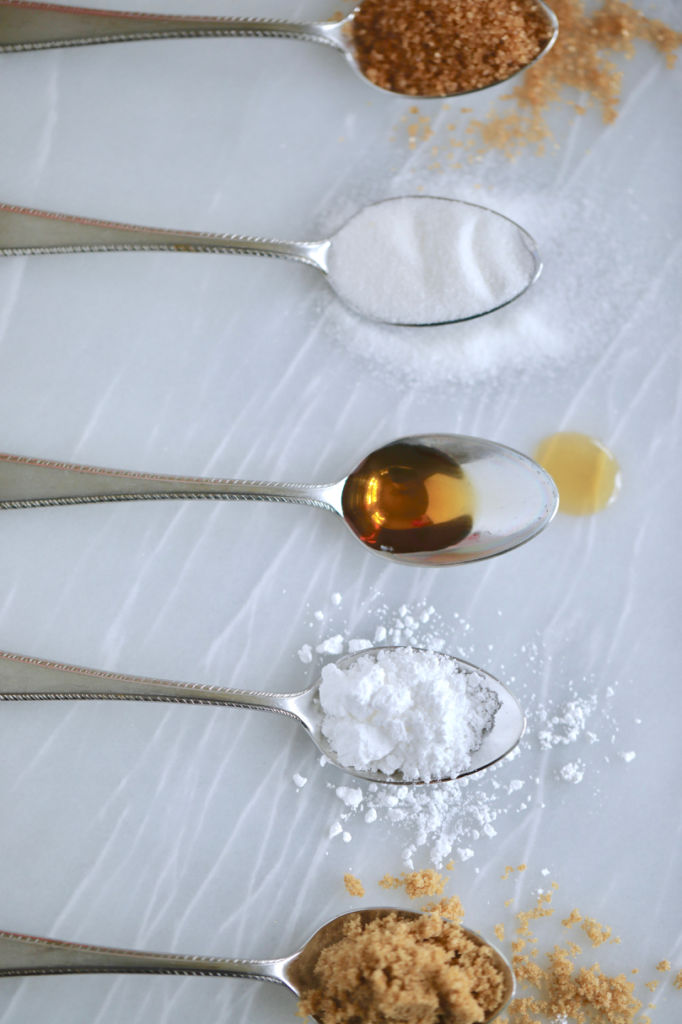
Baking with Date Sugar and Dates
Dates are one of my most favorite dried fruits. For those who don’t know, dates are the dried fruits that hang off of the date palm trees. Whole dates have become a very popular way to sweeten both raw and baked desserts because they’re naturally sticky, moist, full of fiber, and most importantly, they are a “whole food” — in other words, they have undergone no manipulation or processing.
Dates and date sugar are versatile and easy to use, as they’re often used in place of coconut sugar or used in their whole dried form.
Baking with Barley and Rice Malt Syrup
Barley malt syrup and rice syrup are great to use in place of liquid sweeteners like maple syrup, honey, or Lakanto maple syrup. Both are completely unrefined liquid sweeteners made from soaked, sprouted barley and rice. They differ slightly in flavor but both have a consistency that is similar to molasses and golden syrup, but are tasty substitutes for honey.
These can be used 1:1 for other liquid sweeteners.
Baking With Xylitol or Erythritol
Erythritol is a sugar alcohol used as a low-calorie sweetener. Erythritol is part of a class of compounds called sugar alcohols. This includes xylitol, sorbitol, and maltitol. Most of them function as low-calorie sweeteners in sugar-free or low-sugar products.
Most sugar alcohols are found in small amounts in nature, especially in fruits and vegetables. The way these molecules are structured gives them the ability to stimulate the sweet taste receptors on your tongue without actually containing any refined sugar.
Erythritol is the most natural of all the other sugar alcohols, and in small amounts, I do like to use this with things that are not going to be baked, such as no-bake or “raw” desserts. When baked, I find this has a bit of an aftertaste and unusual feel in your mouth, which is why I prefer to use one of the above sweeteners when baking.
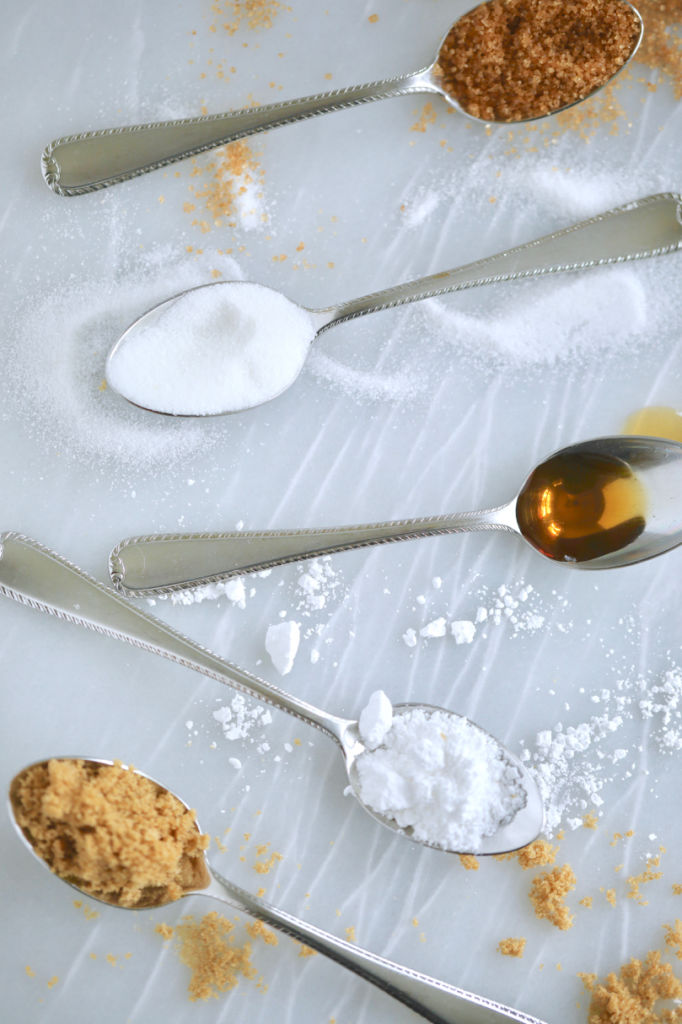
Tips And Tricks For Sugar Substitutes
Store them at room temperature. Seeing as the constitution of these granulated sugar substitutes is very different than refined white or brown sugar, they can become drier and harder over time. I suggest storing all powder sugar substitutes in an extra airtight container at room temperature in a cool, dry place.
Break up the lumps. If not used within around 6 months, these confectioners’ sugar substitutes can age and harden or become stale in texture. If this happens, they can be broken up and used as normal in your recipe. In other words, don’t be alarmed if you see any lumps in your sugar subs.
FAQs For Sugar Substitutes
What is the closest sugar substitute in terms of consistency? Monkfruit sugar, also known as Lakanto sugar, is the closest alternative to sugar in this respect.
If your sugar substitutes yield a gritty texture, what can you do? Basically, you want to make your sugar substitute is in powder form.
Try Some Of These Out In Some Recipes!
- Gluten-Free Chocolate Cupcakes with Sugar-Free Frosting
- Flourless Chocolate Cake
- Vegan Chocolate Chip Cookies
And don’t forget to follow Bigger Bolder Baking on Pinterest!
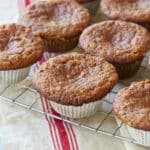
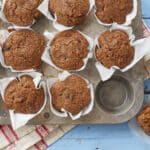
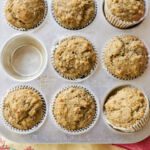
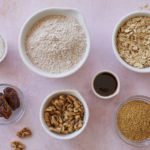



Hello, Thank you for your well written article. There is one problem though, I keep seeing everywhere and that’s about Lakanto Monkfruit Sweetner. If one reads the Ingredients panel on the package…you’ll see that it’s Erythiol with monkfruit FLAVORING! So LAKANTO is really telling a big lie and folks are buying it because they’re not taking the time to READ LABELS! So please urge your readers to pay attention to the labels. It’s all alternative facts now and the FDA now allows label GMO items Organic…if the item is grown in an organic manner… It’s a little sad that we… Read more »
Hi Gemma! What can we use in place of sugar in your chocolate oat cookies. I have stevia(powdered form), jaggery, honey and brown sugar. Please help!
Hi. Do you have any recipes that just cut the (real)sugar by say 3/4 or 4/5? I wish not to use sugar substitutes because I like desserts that are not very sweet and am also concerned about the sugar substitutes. Every day manufacturers come up with something new that hasn’t passed the test of time. Thanks much.
Hello. Can you tell me, in your opinion which alternative comes closest to tasting like sugar and also which one has a consistency closest to sugar. If I make some cookies and bars do I just swap out the sugars and also, what if the recipe calls for brown and white sugar? For a frosting would I use my blender and blend till I have a powder. My roommate is diabetic and I wanted to make him a tin of sweets. I hope to make enough so I can try some as I also have diabetes. I live in Canada… Read more »
I recently made keto pumpkin bars with cream cheese icing. I used lakanto golden in the bars and swerve confectioners in the icing. Upon cooling, and even more so a day or two later, both parts had a gritty texture. Can you advise how to avoid this in the future?
THANK YOU! I didn’t find this article when I was snooping around yesterday. So glad I did today. My husband is diabetic and I don’t want to make anything he can’t have too.
When making cakes like sponge, pound or cheesecake, do you use different types of sugar substitute or does it matter? I have stevia in my kitchen but just read that’ll leave an aftertaste. 😝
Can you tell I’m new at this? LOL
have you tried Allele or Allulose/Monk Fruit blends yet?
I am diabetic and am trying to avoid as much sugar as possible. I have a cheesecake recipe that I love. What sugar substitute should I try. I definitely don’t ant it gritty.
hi could coconut/ date sugar be used as an alternative for the likes of lemon drizzle or victoria sponge for example
thank
I have a question about coconut sugar. I’ve seen that coconut sugar will work with whipping egg whites but the coconut sugar should be ground finer. How long in a spice grinder or a food processor and what consistency should I look for? Thank you!